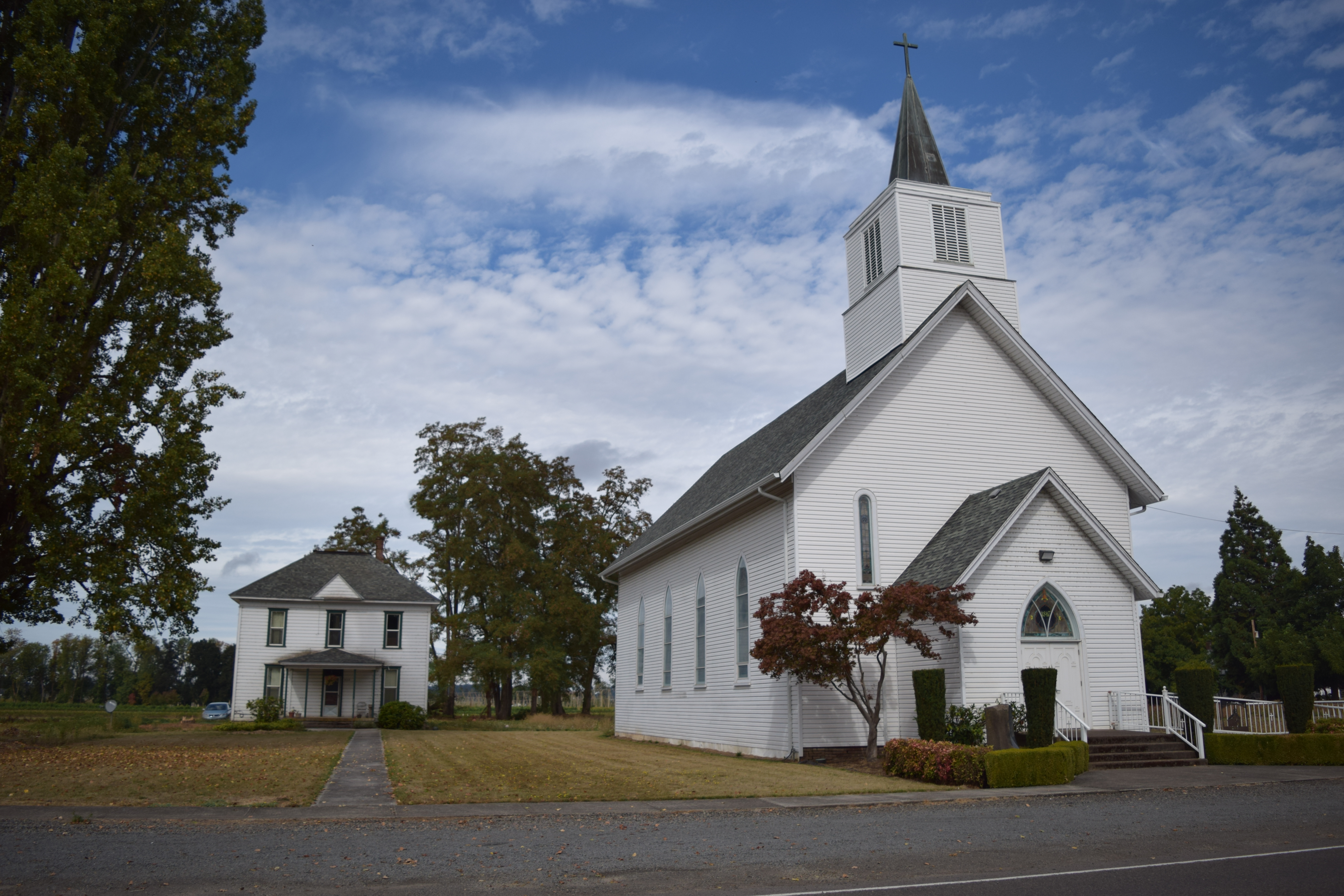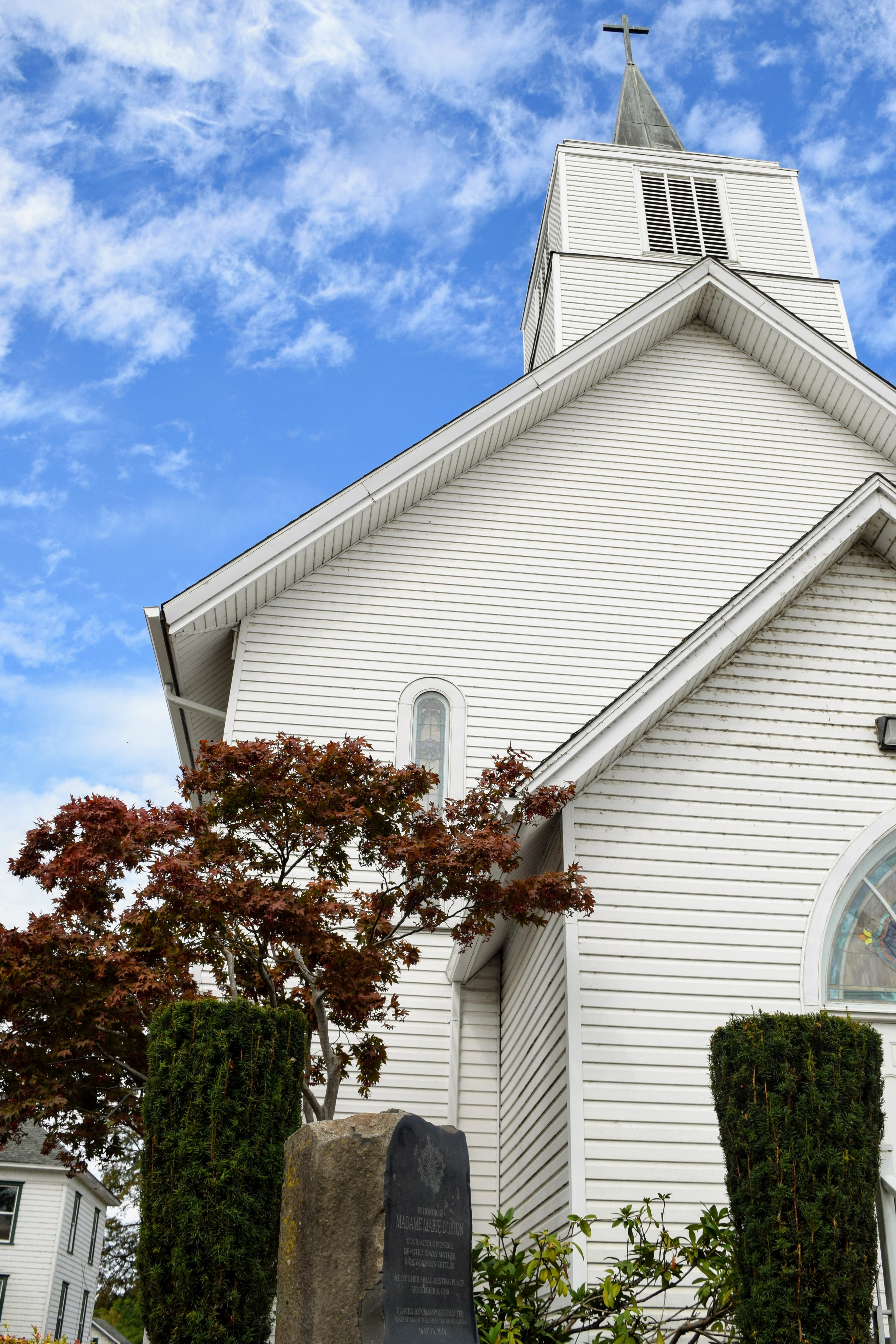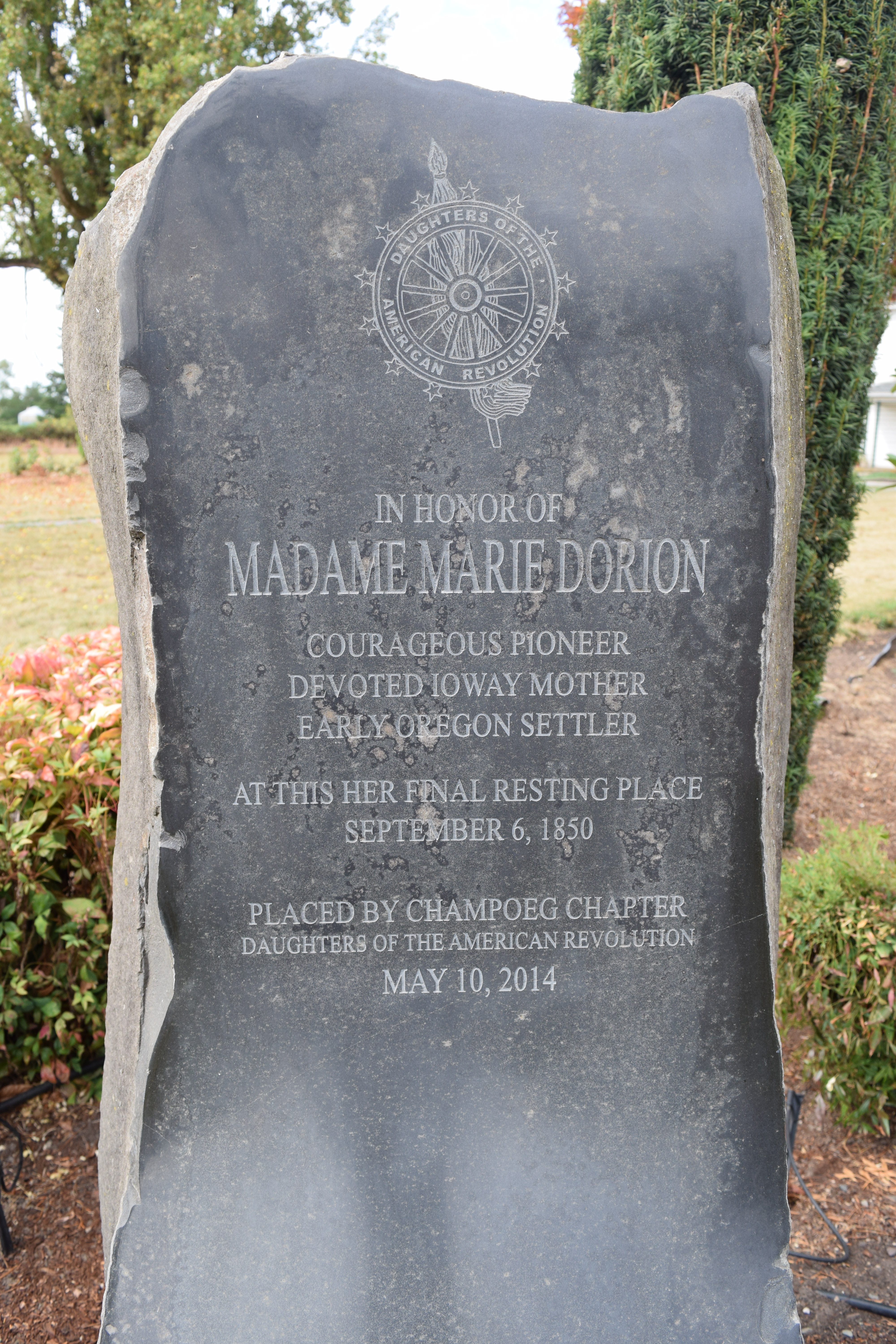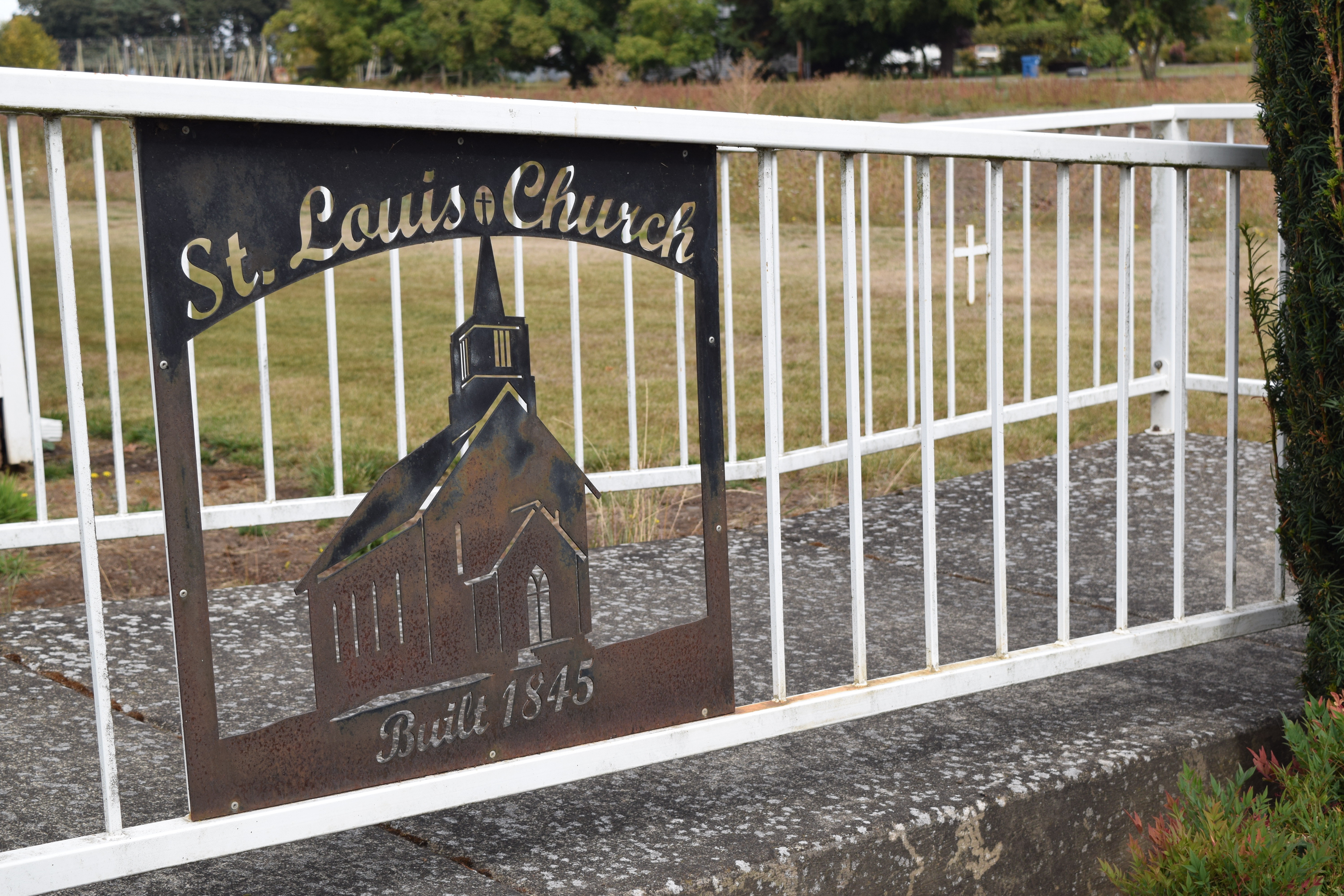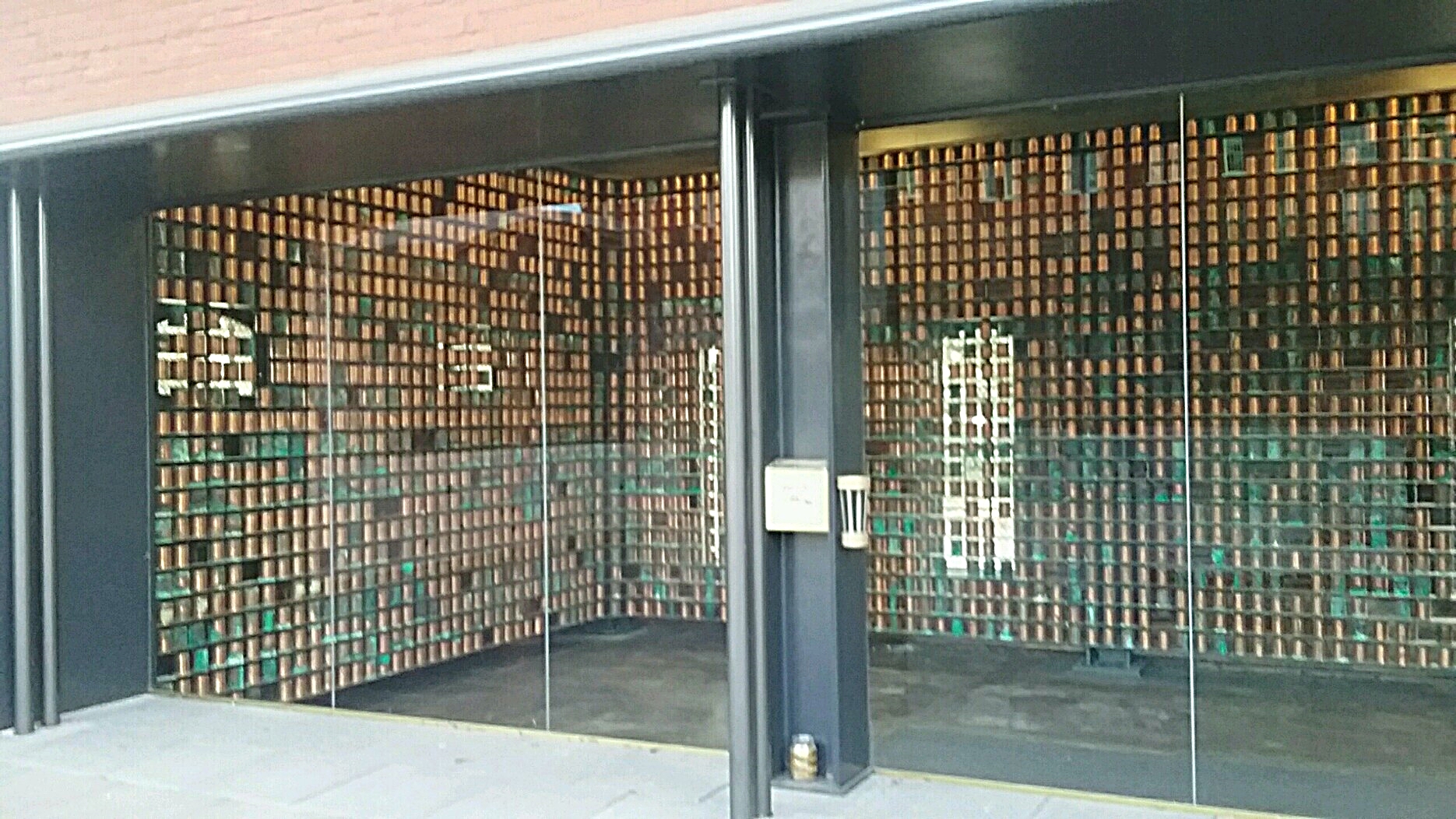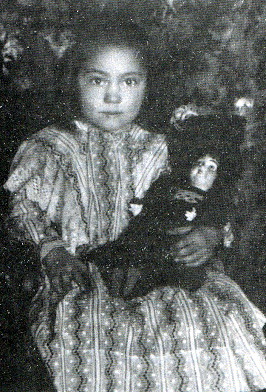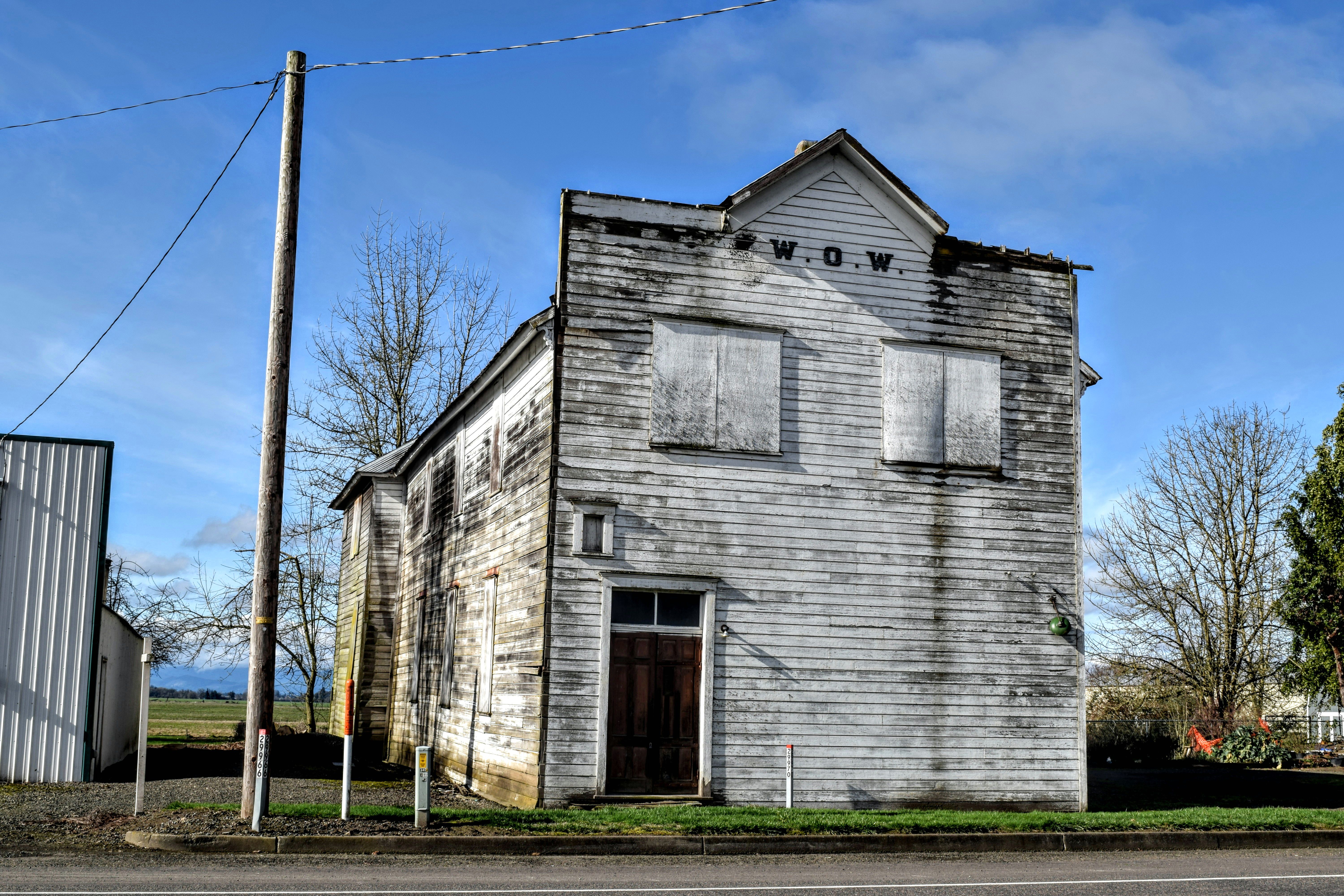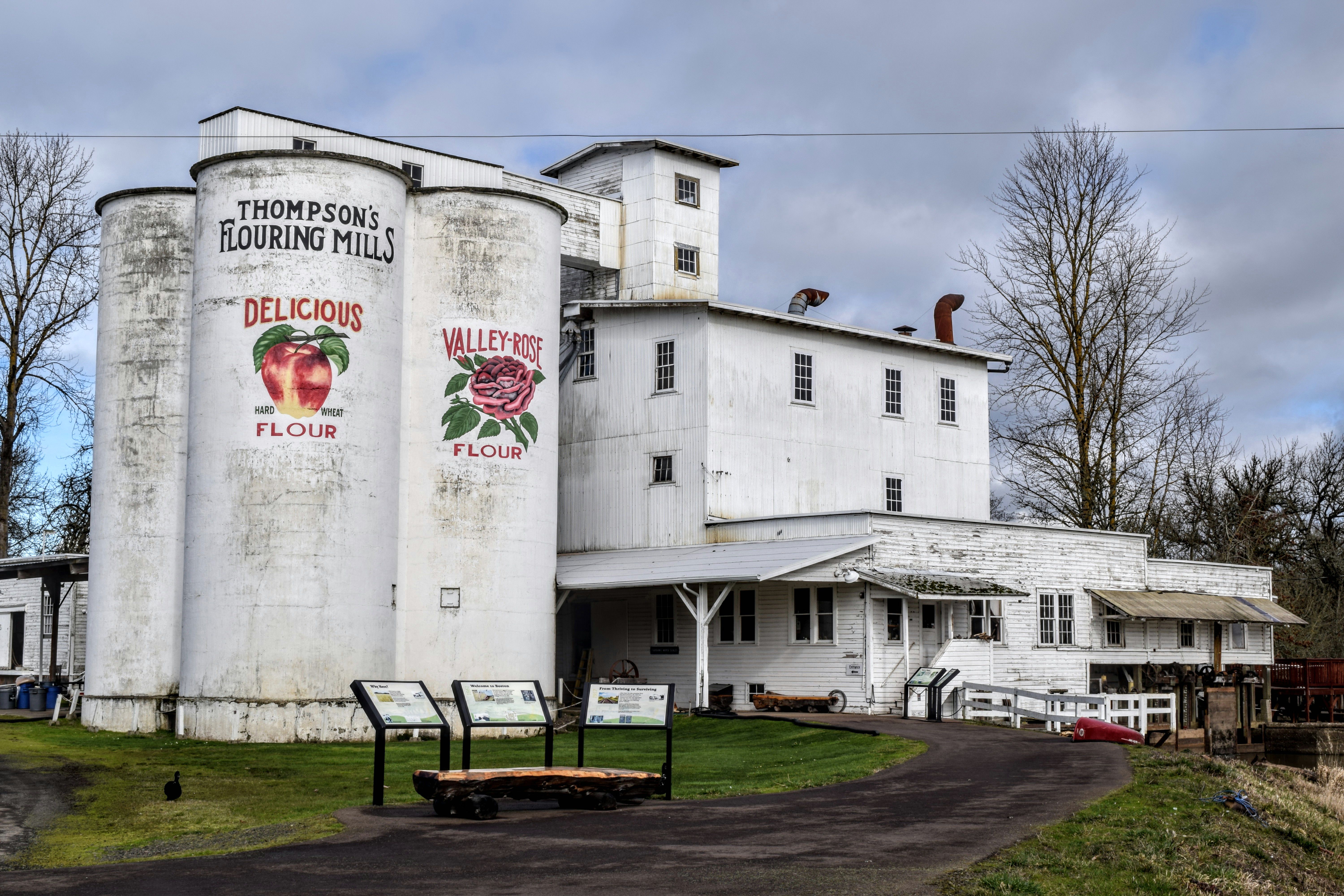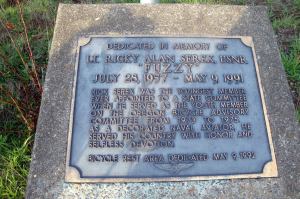
Ghost towns have been defined as towns for which the reason for being no longer exists. The Willamette Valley has been known to lose towns to, you guessed it: flooding. There are approximately forty ghost towns in the valley, ranging from those that exist in name only to complete historic districts registered in the national registry of historic places. It would take quite a search to find any visible evidence of some of these communities now. Wheatland was a convenient location for shipping wheat down the Willamette, Fairfield was a district of warehouses built to hold wheat until shipment, Jennyopolis (what? Yeah – Jennyopolis) was a post office south of Corvallis, Ellendale boasted the first grist mill west of the Willamette River and Buena Vista was popular for its pottery.
One cause for the demise of many of the early towns in the Valley is the December 6, 1861 “Great Flood”. This was a flood so immense that it wiped out most of the towns and businesses along the Willamette River, also actually changing the river’s course. Towns such as Eola, Lancaster, Oxford, and Orleans, were all once thriving communities along the river and were either flooded under the Willamette or died away after the course of the river changed.
Some towns were moved from one area to another in order to be located on the railroad line, such as the town of Boston (approx. 12 miles south of ALBANY on 99E) which was moved, buildings and all, to Shedd when the Oregon and California Railroad came through the region. Shedd and the still-functioning water-powered flour mill on Boston Mills Road are both listed on the National Registry of Historic Places
A few ghost towns in the valley were simply stage coach stops to begin with, such as Dolph and were no longer needed when stage coaches were replaced by automobiles. What went on in these truly ghost-like ghost towns we may never know by any other means then word of mouth. There are no falling down buildings, no century old barns, no moss-covered watering troughs; nothing tangible to attest to the people who built these towns.
The town of Oxford was platted (mapped out)“ by Robert “Doc” Newell, whose reconstructed home is currently just a few hundred yards from modern day Champoeg State Park and is listed on the National Register of Historic Places. The center of the ghost town of Oxford is near the present-day memorial in Champoeg State Park which commemorates the group of people who, in 1843, elected (52 for, 50 against) to make Oregon a provisional territory of the United States. Butting up right against the mighty Willamette, Champoeg State Park is a ghost town worth seeing for its splendor as well as its historical significance.
Traveling south from Dallas along King’s Valley Highway will bring you to quite a few interesting historical sites and at least two ghost towns; KING’S VALLEY and HOSKINS. Also of interest in this vicinity are the Ritner Creek Covered Bridge, King’s Valley Pioneer Cemetery and Fort Hoskins. The Highway’s namesake, Isaac King (1819-1866) died a death that has been a popular mystery of the area since it happened. Many ascribing King’s death to an accident, while some say it was murder while others report suicide. King is not buried in the King’s Valley Pioneer Cemetery but in a small family plot on the King’s donation land claim.
Aurora, Mabel, Independence, Zena, and Butteville still offer structures to whet the appetites of the historically curious, the architecture enthusiast, the tourist, or the explorer. Whatever your interest may be, there is no time like the springtime for getting out and touring the Willamette Valley and seeing its heritage for yourself.
*Originally published in the Spring 2016 Edition of Willamette Valley Life (pp. 8-9).

